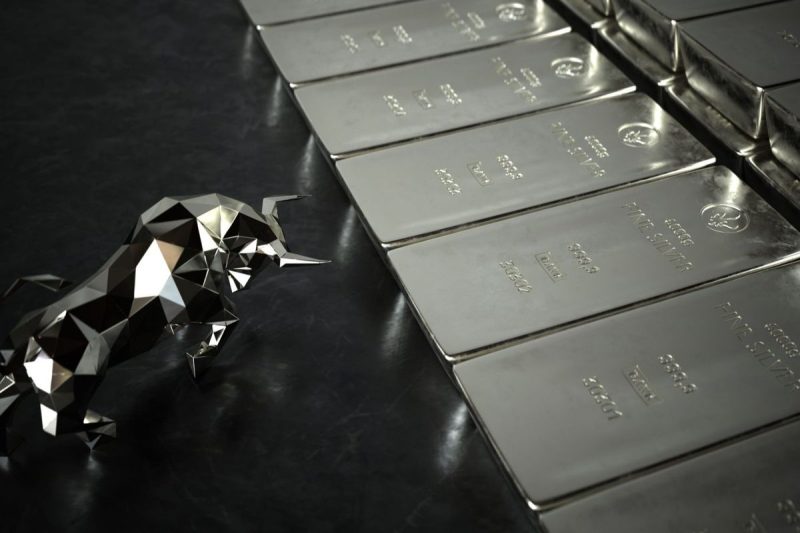The second quarter of 2024 has been an eventful period for the silver market as it witnessed significant fluctuations and developments. In this review, we will delve into the key factors that influenced the price of silver during this time and analyze the trends that shaped the market dynamics.
Supply and Demand Dynamics
One of the major drivers of the silver market in Q2 2024 was the interplay between supply and demand dynamics. The supply of silver faced constraints due to disruptions in mining activities caused by various factors, such as labor strikes, regulatory issues, and unfavorable weather conditions. This led to a reduction in the overall supply of silver, putting upward pressure on prices.
On the demand side, industrial demand for silver remained robust, driven by its use in various sectors such as electronics, automotive, and solar panels. The growing adoption of green technologies and the increasing demand for silver in the production of electric vehicles further fueled demand during this period.
Geopolitical Tensions
Geopolitical tensions played a significant role in shaping the price of silver during Q2 2024. Escalating geopolitical conflicts in key silver-producing regions, such as South America and Central Asia, raised concerns about potential supply disruptions and geopolitical risks. Investors turned to silver as a safe-haven asset amid rising geopolitical uncertainties, further boosting demand and supporting prices.
Inflation and Economic Indicators
Inflationary pressures and economic indicators also influenced the movement of silver prices during the second quarter of 2024. Persistent inflationary trends, coupled with dovish monetary policies adopted by central banks, heightened concerns about currency debasement and loss of purchasing power. Silver, often viewed as a hedge against inflation, attracted investor interest as an inflation-protected asset, driving up demand and prices.
Additionally, economic indicators such as GDP growth, employment data, and consumer sentiment played a role in shaping market sentiment and investor risk appetite. Positive economic data pointing towards a recovery in global growth provided support to industrial demand for silver, while weaker-than-expected economic indicators raised concerns about the outlook for silver demand.
Technological Advancements and Market Innovations
Technological advancements and market innovations also contributed to the evolving landscape of the silver market in Q2 2024. The growing integration of blockchain technology and digital platforms in the trading and investment of silver opened up new opportunities for investors to access the market and trade silver more efficiently. The introduction of silver-backed exchange-traded funds (ETFs) and digital tokens tied to silver prices provided new avenues for investors to gain exposure to the precious metal.
Overall, the second quarter of 2024 was a dynamic period for the silver market, marked by a confluence of factors that influenced the price of silver. Supply constraints, geopolitical tensions, inflationary pressures, economic indicators, and technological advancements all played a role in shaping market dynamics and driving price movements. As we look ahead to the coming quarters, it will be crucial for investors to monitor these key factors and trends to navigate the evolving landscape of the silver market effectively.
